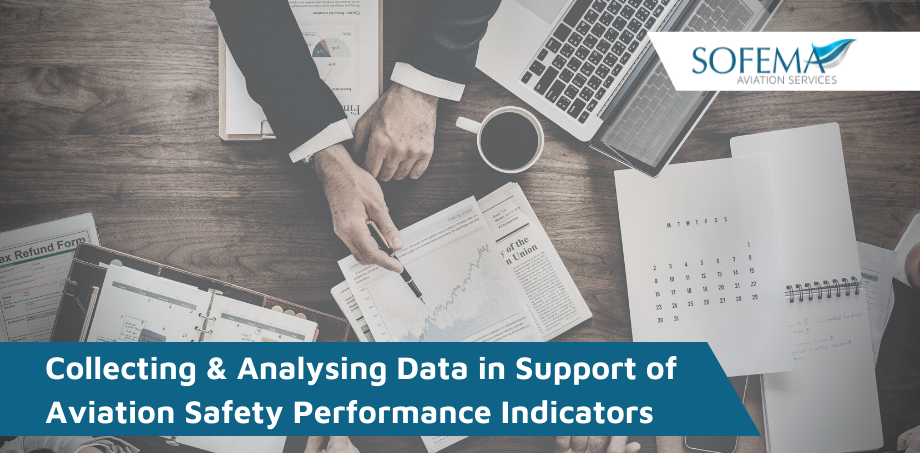Sofema Aviation Services (SAS) www.sassofia.com considers the key elements to successfully manage Safety Performance Indicators.
Considering Data Collection Opportunities
Once you have defined your SPIs, you must decide how you will collect the data and report the results.
- Developing Data Collection Procedures
- Frequency of Collection
- Key Element (For Management Reporting)
- Subset for Validation of Integrity
Presentation of Data
- Metrics to enable understanding of trends & deviations
- Score Boards, Histograms, Traffic Lights, Linear Graphs
Data Analysis
SPIs need to be carefully analysed, considered in perspective and the results interpreted. Aggregated data may provide additional insight not available in isolation.
Indicators should not only be seen as a metric, rather they should become drivers for change. There should be a strong flow of clear information to the leadership team to ensure necessary decisions and actions are taken.
- SPI’s are indicators of safety performance.
Note – SPIs are not direct measures of safety.
Poorly defined metrics may miss safety critical information and when identified should lead to a review and recalibration of SPIs and where appropriate the SMS as well.
All Staff should have visibility of the status of Safety Performance Indicators as part of the general process of communication. As well as developing opportunities for the staff to engage with the process of mitigation (Improvement).
Continuous Evaluation of SPIs
Periodic reviews should ensure the validity of the indicators and continue to provide confidence that the information generated is able to drive and monitor safety performance.
Note – Avoid over frequent reviews and seek to establish a stable system.
Periodically review for the following:
- Value of experience gained
- Organizational Changes
- Regulatory Changes
- New safety issues identified
- Any changes in the nature of risk
- Any changes in the safety policy, objectives, and priorities identified
Following the completion of two to three cycles
By gathering sufficient data over a period of time, we will have an opportunity to produce a more stable trend report which will allow us to identify both positive and negative trends.
- Identify ‘key’ SPIs
o Key SPI’s are valuable and support the monitoring process and drive safety performance.
o A review will allow us to where necessary adjust targets and alert SPI values.
Summary
Driven by Valid SPI’s We Expect the Following:
- Safety-critical issues and associated hazards identified and addressed.
- Safety occurrences are being reported and addressed.
- Risk controls actions are applied and regularly reviewed.
- SPI’s & Interfaces are reviewed periodically.
- SPI’s consider external services providers as well as all internal interfaces.
Next Steps
Follow this link to our Library to find & Download related documents for Free.
Please see www.sassofia.com, www.sofemaonline.com or email team@sassofia.com for additional support or if you have any questions.
Tags:
aviation safety, Hazard and Risk Identification, Safety, analysis, Leadership, SAS blogs, Airspace, Data Collection, Safety Performance Indicator (SPI)





